An Evolution of Evaluation in Grantmaking With a Participatory Lens
sgEngage
OCTOBER 9, 2023
All too frequently, the grantmaker alone is determining, leading, and benefiting from MEL processes with no input or collaboration from the people, organizations or community impacted. MEL, as it turns out, is not neutral, but yet another place where power differentials show up. Consider: Who defines objectives and “success”?


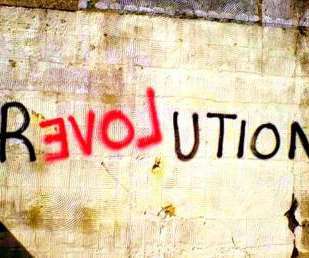

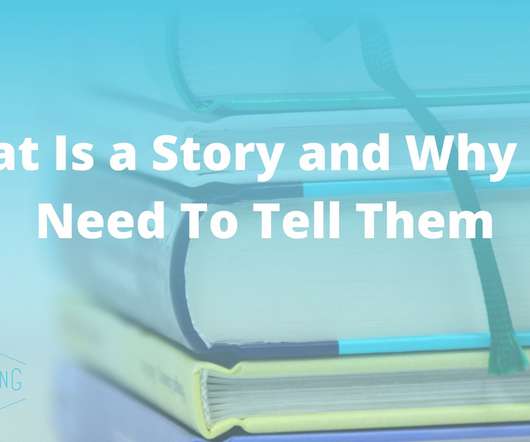
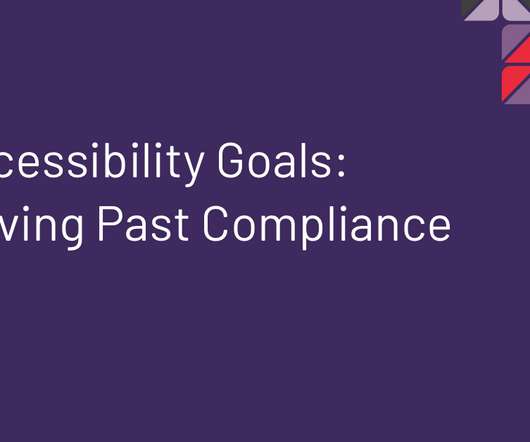






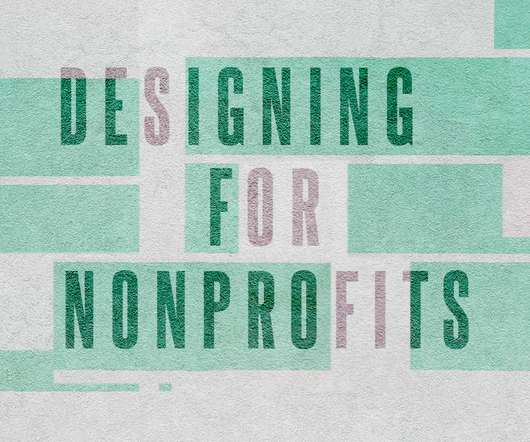










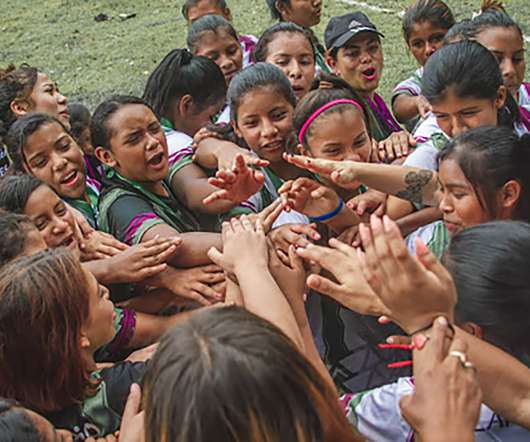


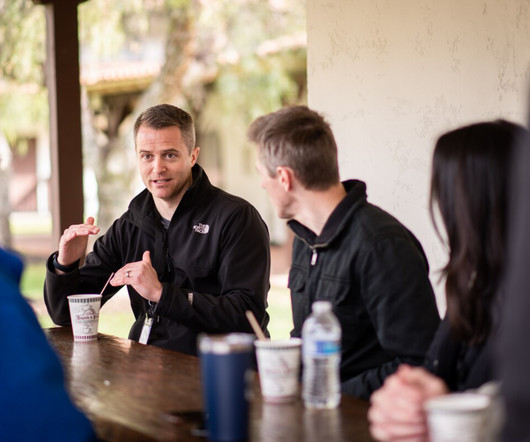


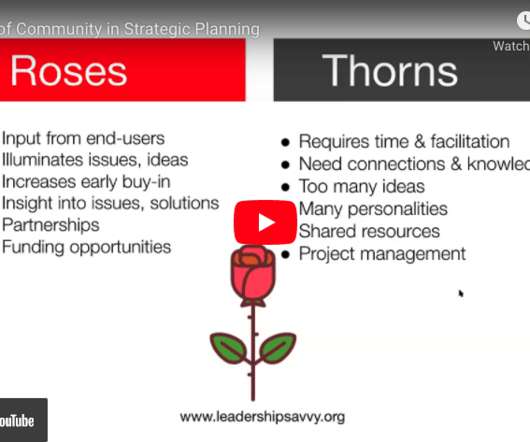








Let's personalize your content